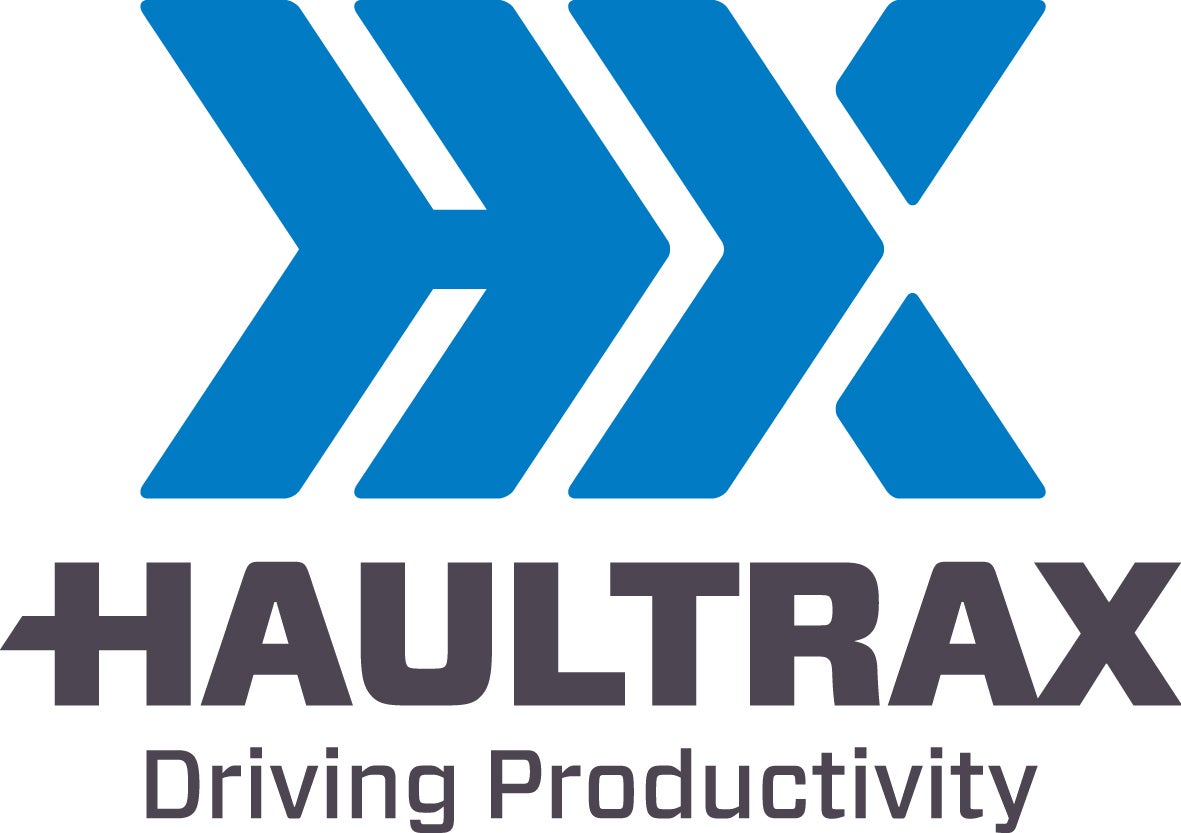
With the power to identify bottlenecks, slowdown, and underperforming equipment, cycle time information can be one of the most powerful tools in a mining operator’s hands. Not to mention a quick win for greater productivity.
When miners focus on the efficiency of both personnel and equipment, they can boost their control and productivity. This means taking a close look at what is happening in the mine, understanding the mine’s performance, and measuring efficiency.
Traditional methods of fleet management (FMS) tend to lack the ability to capture enough data to reveal the most important trends, limiting the oversight that operators can achieve.
First of its kind
Haultrax’s Cycle Time Efficiency (CTE) tool, however, provides unprecedented operational visibility. The first tool of its kind, CTE leverages advanced technology to provide miners with powerful opportunities to optimise their productivity.
CTE gives supervisors detailed visibility of operation cycle time in a clear, comprehensible format, empowering operators to identify areas of congestion and underperformance and make timely decisions to restore productivity.
The tool is equipped with advanced analytics and AI, a technological leap above legacy FMS tools, designed to rationalise information that facilitates effective, powerful decision-making.
What is cycle time variability?
Cycle time is the length of time it takes a haul truck to complete a load-to-dump cycle. It depends on a range of factors, including times for queuing, loading, hauling and dumping, and empty and full haul times can be especially variable. Deviations in cycle time, known as cycle time variability, can indicate inefficiencies in the process and create unwanted operational delays.
Haultrax defines ‘clean cycle time’ as the length of time it takes to complete all the cycle components for which the truck is the primary influencer. Variability in clean cycle time results from variations in the truck’s performance.
| Cycle component | Counted in cycle time? | Counted in clean cycle time? |
| Empty haul | Yes | Yes |
| Queue at loading unit | Yes | No |
| Spot at loading unit | Yes | Yes |
| Loading | Yes | No |
| Empty haul | Yes | Yes |
| Queue at dump | Yes | Yes |
| Spot at dump | Yes | Yes |
| Dumping | Yes | Yes |
A vast range of factors, both human and non-human, contribute to cycle time variability, including operator behaviour, traffic and congestion, road condition and design, shift changes and breaks, equipment performance, weather and dust, road rules, and speed limits.

To reduce cycle time variability, supervisors or dispatchers can take action such as reacting to unnecessary congestion, allocating clean-up machines, focusing operator training and flagging trucks for maintenance during the shift. Analysing cycle time variability helps miners optimise mine design and road rules and improve start-of-shift strategy.
If variability can be controlled, the opportunity to optimise cycle efficiency and loading unit capacity is huge. Overall cycle time can be reduced by more than 5%, truck queue time by 10% and loading hang time by up to 5%. Even without reducing the mean cycle time, reducing variability can still reduce queue and hang time. This is a powerful metric for an operation to target. Haultrax’s CTE puts this power right in the operator’s hands.
How can CTE highlight new opportunities?
Supervisors, engineers, short-term planners, trainers and BI analysts require visibility of process to identify where efficiencies can be made and address underlying issues. They need to know information such as variability hotspots, external impact on cycle time and data on cycle time variability.
Essential cycle time information is not easy to identify using traditional FMS, which use legacy technologies that can lack speed, mobility and human translation of the data.
HX Digital’s CTE provides supervisors with unmatched access to real-time performance data and actionable insight, empowering them to make informed operational decisions.
CTE can reveal a wealth of information, from areas of congestion to underperforming trucks and the impact of light and ancillary vehicles on the production cycle, giving insight into both the causes and the impacts of problem areas on the operation. Its powerful AI rationalises the information, so that supervisors are not only informed but can make decisions to best reduce variability.
All this information is provided in a language the supervisor can understand, with variability highlighted through real-time visuals. Unlike other tools, CTE allows for real-time insights. This exceptional speed means problems can be solved within 30 minutes, before they have an impact on production.
The CTE difference
In the supervisor or dispatcher’s hands, CTE drives conformance towards more consistent cycles and enables smart, real-time KPIs to be put in place. Production decisions can be made promptly and with confidence, to decrease cycle time, truck queues, excavator hang time and ultimately enable the operation to move more material at a lower cost.
The CTE system’s data-crunching analytical engines and AI backend leverage innovative technology to do what traditional systems can’t. This is paired with a frontend which allows server-less deployments over the cloud, meaning Haultrax provides a highly scalable solution that can parallel process a large amount of data for maximum insight.
For miners relying on traditional FMS, cycle time data is an untapped source of potential for optimising operations. As mines look to the future, CTE offers the opportunity to maximise efficiency and boost production – an opportunity that should not be overlooked.
Scenario
The following simplified scenario demonstrates how queue time can be impacted by cycle time variability.
An operation involves one loading unit and four trucks. Loading time is five minutes, and clean cycle time is 15 minutes. There is no queue at dump or spotting time at the loading unit.
If there is no variability in clean cycle time, there will be no queue time for the trucks or hang time for the loading unit. Truck A leaving the loading unit will take 15 minutes to return, in which time the loading unit will complete three loads and be ready to load Truck A again.
If Truck A completes the clean cycle one minute faster, it will arrive at the loading unit 14 minutes after leaving. The loading unit will have completed two loads but will still be loading the third truck. Truck A must queue for one minute.
If Truck A completes the clean cycle one minute slower, it will arrive back to the loading unit 16 minutes after leaving. The loading will have completed three truck loads in 15 minutes, so must wait one minute to load Truck A again. If Truck B was loaded straight after Truck A left the loading unit and takes 15 minutes to complete the clean cycle, it will have to queue for one minute behind Truck A at the loading unit.
This simplified scenario assumes that all trucks are always allocated to the same circuit. Naturally, load and haul operations are far more complex. However, this scenario shows that queue time is a function of the truck interarrival time to the loading unit and the loading time. Truck interarrival time is dependent on the variability of time taken for trucks to travel to the loading unit.
Haultrax’s CTE tool would enable the operator to identify the root cause of truck queuing times and take decisive, effective action to address it.


